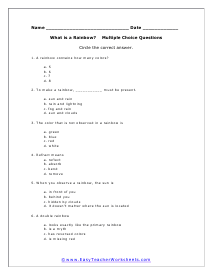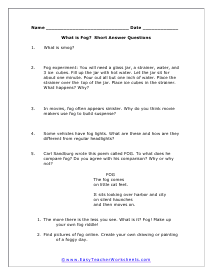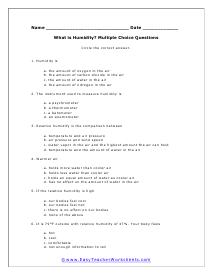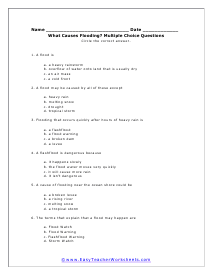Rain, snow, fog, clouds, humidity…these are all forms of precipitation and part of the water cycle. Precipitation is when water is released from the sky. It can either come down in liquid form, which we know as rain, or in solid form, which we know as snow or ice. Snow tends to fall more calmly than rain on average because they are found in low pressure environments meaning that they are more stable. When cold storm clouds are present, we can have extreme forms of precipitation form into hail stones. The hail stones build up in size as they kicked into the upper portions of the cloud. They can then come crashing to the ground causing tons of damage. By the time a hailstone reaches the Earth’s surface they can average four inches and be just under a pound in weight. There are many different factors that can determine the amount of precipitation that falls to the Earth in a particular area of the world. These factors in latitude position, altitude, humidity, the amount of wind, and the natural surrounding terrain.
This collection of worksheets offers short reading passages that examine different aspects of weather (including mankind's impact on it), paying particular attention to water-related phenomena. Each passage is accompanied by two question sheets for students to fill in, multiple choice and short answer. Answer keys have been provided for each sheet. Fun Fact: Almanacs can include weather predictions for an entire year because long-term trends (measured over decades) are more stable than short-term fluctuations.
































